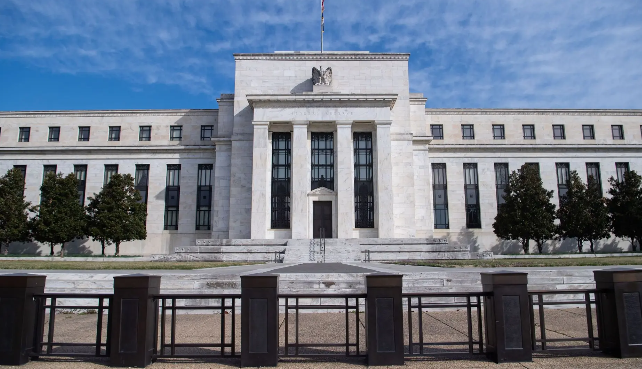Publisher: Maaal International Media Company
License: 465734
Fed official: There may be a need to raise interest rates additionally
US Federal Reserve Bank member Michelle Bowman said on Friday, April 5, that interest rates are likely to rise to control inflation, rather than the cuts that her fellow officials have indicated are possible and that the market expects.
Pointing to a number of potential upside risks to inflation, Bowman said policymakers need to be careful not to ease policy too quickly.
“Although these are not my baseline expectations, I still see the risk that at a future meeting we may need to raise interest rates further if progress on inflation stalls or even reverses,” she said in prepared remarks to a group of experts.
اقرأ المزيد
Also, “cutting the interest rate too early or too quickly could lead to a rebound in inflation, requiring further interest rate increases in the future to return inflation to 2% in the long run.”
As a member of the Board of Governors, Bowman is a permanent, voting member of the Federal Open Market Committee, which sets interest rates.
Since taking office in late 2018, her public speeches have placed her on the more hawkish side of the FOMC, meaning she favors a more aggressive stance toward containing inflation.
Bowman said her most likely outcome remains that “it will eventually become appropriate to cut interest rates,” although she noted that “we are not yet at the point of a cut as I still see a number of upside risks to inflation.”
This comes in light of a state of tension in the markets regarding the near future of the Federal Reserve’s policy.
Statements this week from several officials, including Chairman Jerome Powell, signaled a cautious approach to lowering interest rates.
Atlanta Fed President Rafael Bostic, an FOMC voter, told CNBC he likely expects only one cut this year.
Minneapolis Fed President Neel Kashkari also noted that cuts cannot be made if inflation does not slow further.
“Given the risks and uncertainties related to my economic outlook, I will continue to monitor the data closely as I evaluate the appropriate path for monetary policy, and I will remain cautious in my approach to considering future changes in policy stance,” Bowman said.
Assessing inflation risks, she said supply-side improvements that helped bring the numbers down this year may not have the same impact in the future. Furthermore, she cited geopolitical risks and fiscal stimulus as other upside risks, along with the continued rise in housing prices and a tight labor market.
She added: “Inflation readings over the past two months indicate that progress may be uneven or slower in the future, especially for basic services.”
Fed officials are scheduled to take their next look at inflation data on Wednesday, when the Labor Department publishes its March Consumer Price Index report.








